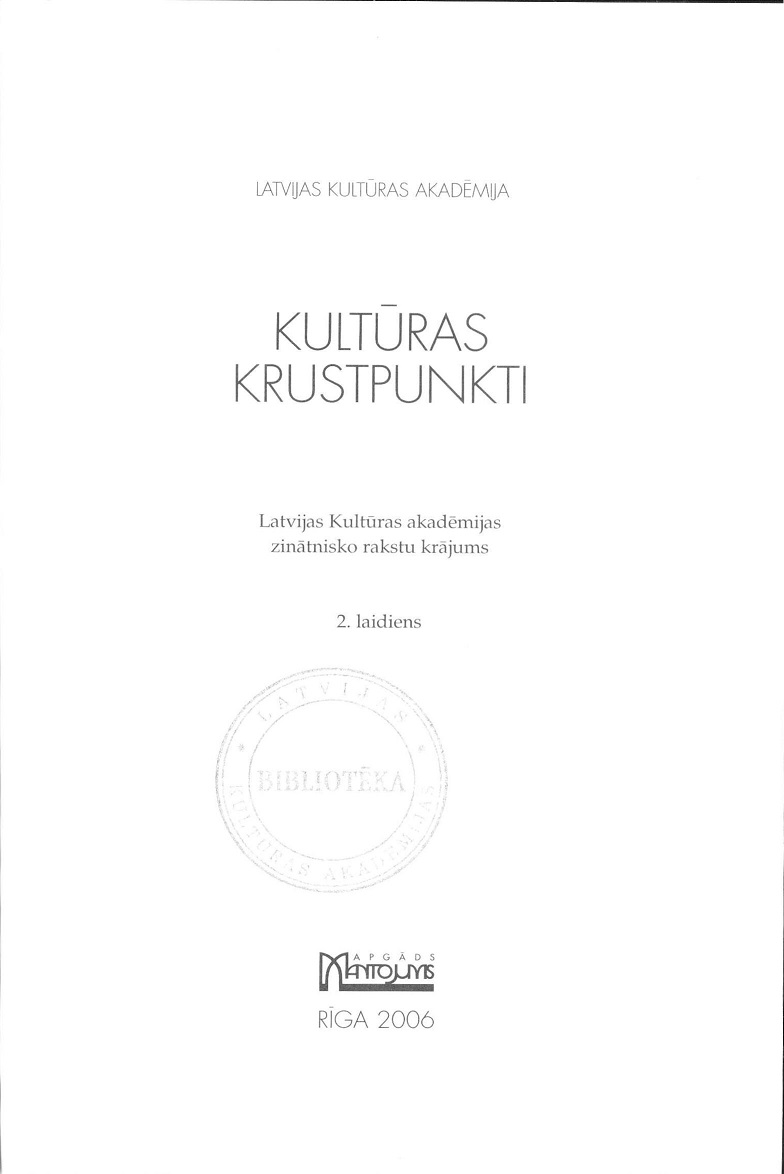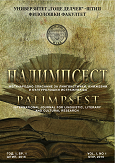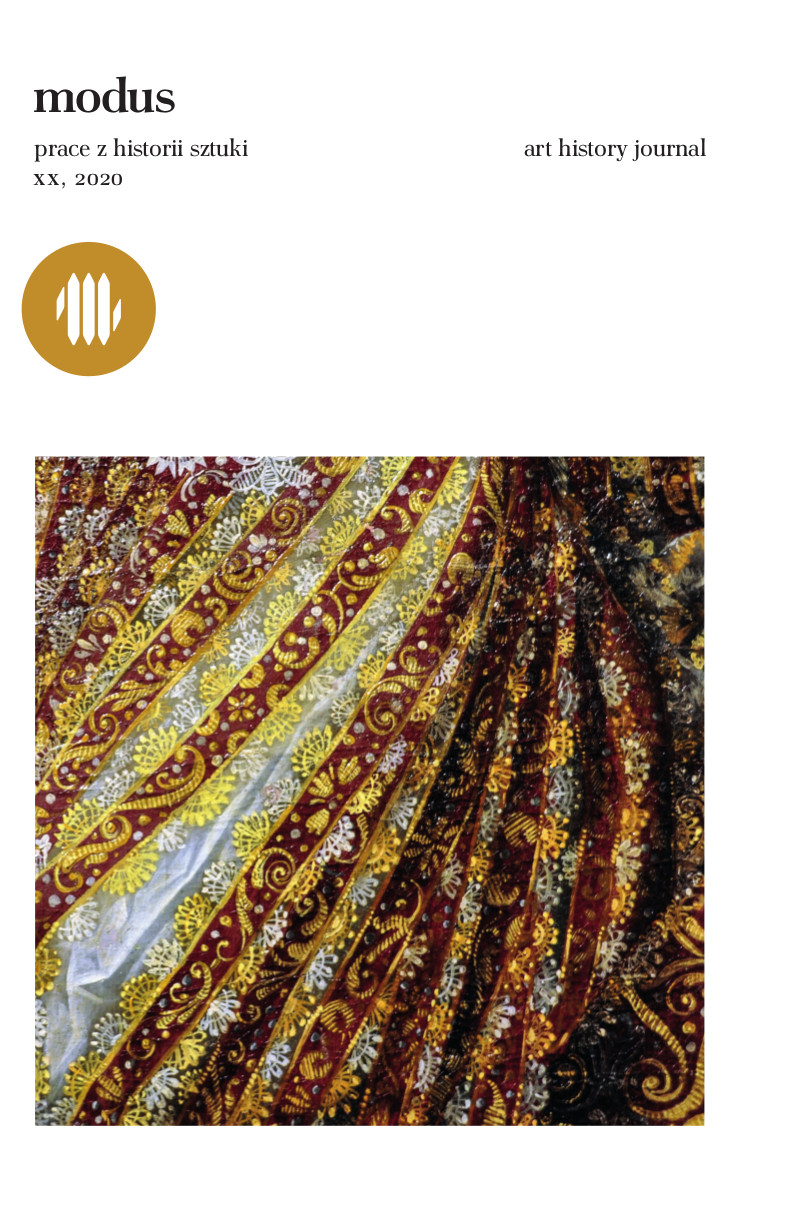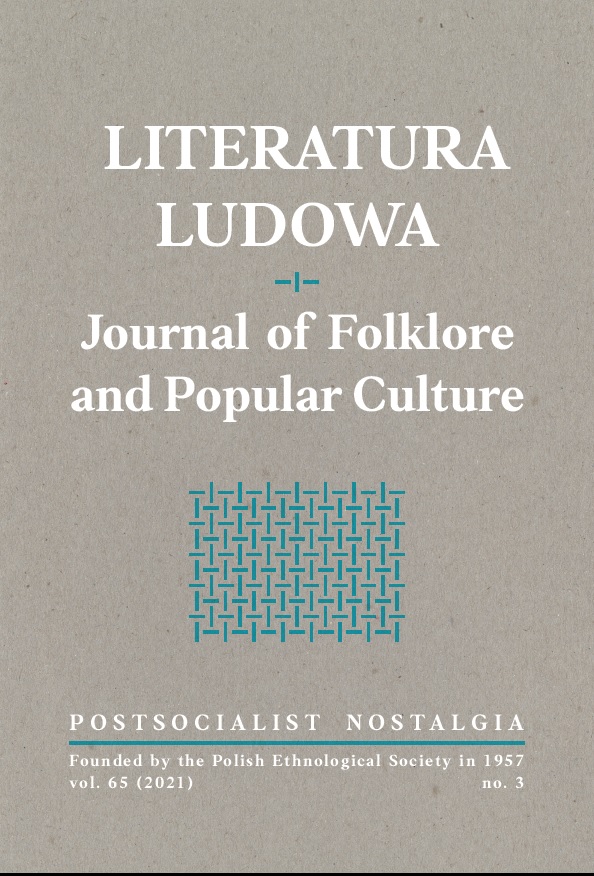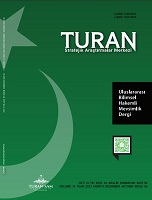Розвиток дизайну розкладних х-подібних меблів від стародавнього світу до початку ХХІ століття
Author(s): Ivan Bosiy / Language(s): Ukrainian
/ Issue: 34/2015
Keywords: furniture-transformer; X-shaped system; structural system;
This article is devoted to the study of the historical and cultural development of the first principle of transformation in furniture design. Consideration of constructing the first examples of furniture, with the use of X-shaped type of transformation, provided an opportunity to make a comparative analysis of the structural system within a designated period of history. Materials of this study, in addition to research papers, articles, and electronic resources were miniatures of the Middle Ages, paintings of masters of the XVI and XVII century. Analysis of current trends in furniture design made it possible to determine the main directions of application Folding X-shaped systems and identify their development prospects. Throughout the history of the furniture design in each historical period the samples of X-shaped folding furniture were always presented. This work aims to study the characteristics of folding furniture constructive solution that allowed them to go through all the styles and epochs from the times of the ancient world to the beginning of the XXI century. The research of the history of one of the first principles of transformation allows manufacturers to track changes in the morphological and constructive development of furniture formed by using the X-shaped circuit. A large number of implemented design facilities and the lack of domestic primary research on the formation and development of the furniture that transformed through the use of X-shaped system determine the relevance of the study. Existing scientific journals, publications and theses issues morphology, composition and structural features of X-shaped furniture, transforming the consideration of viewing it only in the context of a particular historical period analysis, stylistic direction or copyright conceptual solutions. The research of the history of development, improvement of structural and compositional principles of formation, emphasizes the necessity to define the origin of the term "furniture - transformers." The word "furniture" has roots «mobilis» – mobile, the one that moves easily. That is, initially considered only mobile furniture furnishings, in contrast to fixed devices for storage of various items and for lying and sitting which usually were the walls and parts of the building. Later the term "furniture" grown into the phrase "built-in furniture," stationary furniture, cladding panels for special purposes (ships, medical, etc.). But there is a category of furniture, which is made by moving the motion of its parts to perform new functions. These furniture-transformers may be converted differently in order to achieve the desired purpose. The term "transformers" involves reconfiguring, moving parts of the common form. Exploring the history of furniture transformers, one could argue that assembly X-shaped design is the most ancient and most widespread. During the development of society and changing stylistic trends, X-shaped assembling furniture was always present in the living space of man. For centuries, based on X-shaped structural system, stools, chairs, and tables were made. One of the first types of furniture-transformers, preserved to our time, is the original X-shaped chair. For centuries, chair assembly was considered one of the most important pieces of furniture. In ancient civilizations, it was valued not only as a unique object but as a status symbol. The earliest examples assembling furniture is ancient Egyptian Pharaoh Tutankhamun stool, XVI BC (made of ebony, ivory with gold accents) and Roman assembly table (made from marble, bronze, decorated with mosaics). From ancient Egyptian design, stool assembly had become very common due to its simplicity of the structural system, consisting of two crossed frames, axles and connected top box attached elastic material. In ancient Rome, a new type of folding furniture on X-shaped scheme – the curule chair that was made of bronze or wood with cross legs under the seat appeared. It is believed that this type of furniture was popular in use in ancient Etruscans, who later brought it to Italy. Later, in the Middle Ages, recliners become conventional furniture. This study confirms miniatures depicting the daily life of peasants, townspeople, and nobles. The development and improvement of the woodwork in the XV century influenced the emergence of a new version of X-shaped stool, whose design was based on two intersecting lattice planes dialed the rails, connected by transverse bars, with a seat rail. This structure led to the creation of the basis folding chairs with backrest - "klismos", and then the chair with armrests. By the end of the XV century, in Italy and then in Europe, there were several varieties of assembly seats on the X - shaped base. The most common were two types - "savonarola" and "danteska." The design recliners "danteska" was the most comfortable and widespread in Western Europe, which is clearly evidenced in the study of paintings by Dutch Masters of the XVII century. These artists include Jan Steen, Adriaen van Ostade, Frans van Mieris Elder and Pieter de Hoch. The usability and the feasibility of the X-shaped system of transformation reflected in the use of the scheme for derivatives martial furniture that were used at all times in many countries of the European continent and North America. In derivatives and road, furniture folding systems was preferred due to the possibility of compact transportation and storage that was much larger than the fixed furniture. In the second half of the XX century, the development of furniture-transformer design that is formed through the use of X-shaped system can be divided into areas: distribution of the traditional form of folding furniture under the scheme "X"; complications of cross-system assembly elements; furniture-transformer that folded into the plane. The analysis of current trends in furniture design provided an opportunity to identify three main areas of application of X-shaped folding system transformation, indicating the feasibility of its use and allows you to define advantages: benefits of storage that saves space; the possibility of furniture, transformed through the use of X-shaped systems in different materials; the simplicity of transportation rollaway X-shaped furniture; the possibilities of artistic expression form X-shaped folding furniture.
More...









